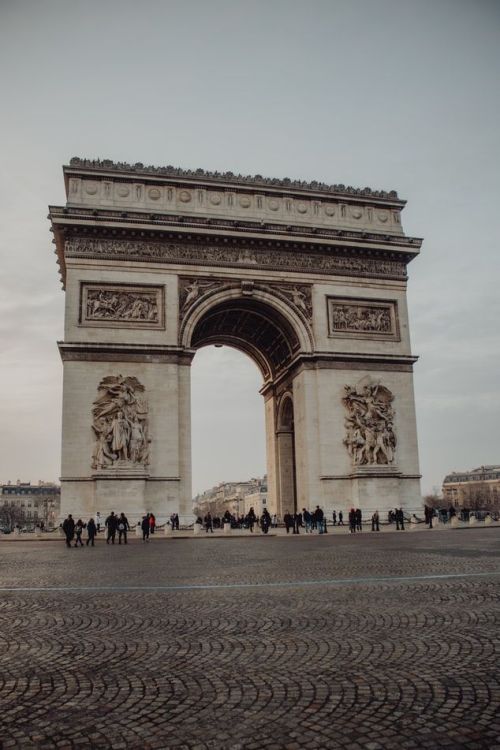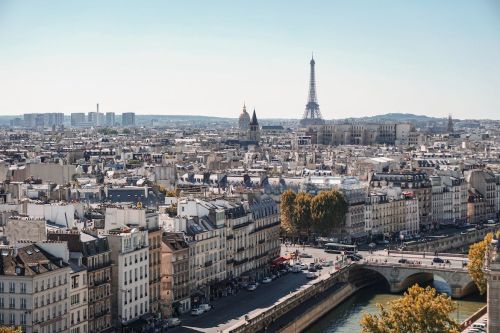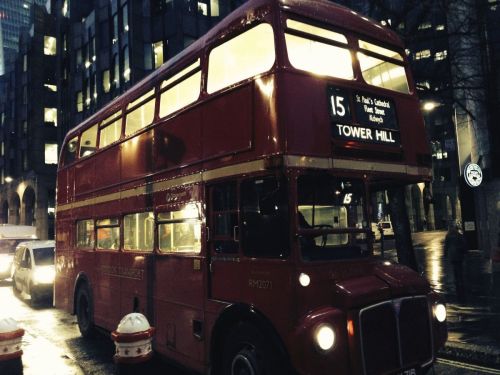The island of Mont Saint-Michel, together with the sanctuary of the Archangel Michael erected on it, is one of the most visited places in Normandy.
An average of 3.2 million people visit the site annually, making it the most visited tourist attraction in France outside of the Eiffel Tower and Versailles. The town on the island has been given the status of a historical monument, and UNESCO has listed the island’s facilities and the bay where it is located as a World Heritage Site.
It is a piece of land whose connection to the mainland is only exposed at low tide (the regularly recurring rise and fall of the ocean water level caused by the Earth’s gravitational interaction with the Moon and Sun).
The islet is connected to the mainland by an artificial causeway 1,800 meters long.
The bay covers an area of about 500 square kilometers, with a second granite islet, Tombelaine, in addition to the island of Mont Saint-Michel.
Due to the significant tidal movements in this region (the largest tidal range in Europe), much of the bay is exposed at low tide. The sea retreats at high speed for more than 10 km, but returns just as quickly.
The bishop twice disregarded the request made in the apparition, until finally St. Michael touched the bishop's head with his finger and burned a hole in it, but without killing him - a skull with a hole belonging to St. Aubert is still kept in Avranches Cathedral.
Soon after, a chapel was built in the grotto, which was named Mont Saint-Michel-au-péril-de-la-Mer (Saint Michael's Hill in the Dangerous Sea).
Often it was a layman who benefited from the income of the monastery. The monastery depopulated, also due to the religious wars, and a prison was built on the grounds of the abbey.
In 1622 the monastery passed into the hands of the Benedictines of the Congregation of St. Maur, who did not care about the preservation of the place.
After the last monks were expelled from the abbey in 1791, it was transformed into a prison, where more than 300 priests who refused to accept the new civil constitution were held.
An optical telegraph station was established on the bell tower, which included Mont Saint-Michel into the route of the telegraph line from Paris to Brest.
They include six double encircled towers and a bastion tower. The city is located on a rocky hill below the abbey and has grown around the only road Grande Rue street that leads to the sanctuary.
In the northern part of the island is the Gothic monastery of La Merveille, built between 1211 and 1228. It houses, among other things, a scriptorium where the monks copied manuscripts, and in 1469 the hall became the meeting place for the members of the Order of the Knights of St. Michael.
This phenomenon is caused by an extraordinary tidal range, which can be up to 14 meters difference in level. This has been the cause of numerous drownings in the past, and occasionally still occurs today, although more often it involves cars that have been parked too long at lower levels.
Thanks to such spectacular tides, the island was very difficult to conquer.
This breeding was initiated by Duchess Anne of Brittany, who ordered the land to be cleaned up and prepared for cultivation and breeding. The animals bred there provide meat of exceptional taste (brackish pastures).
There is also a rich manure - tangue - made from the material carried by the rivers, mixed with the crushed shells carried by the tides.
Among others, the 1990 movie Mindwalk was set on Mont Saint-Michel. In 1996, Mike Oldfield composed an instrumental piece dedicated to the island.
In 2005, French writer Maxime Chattam named Mont Saint-Michel one of the most important places in his book Le Sang du Temps.












